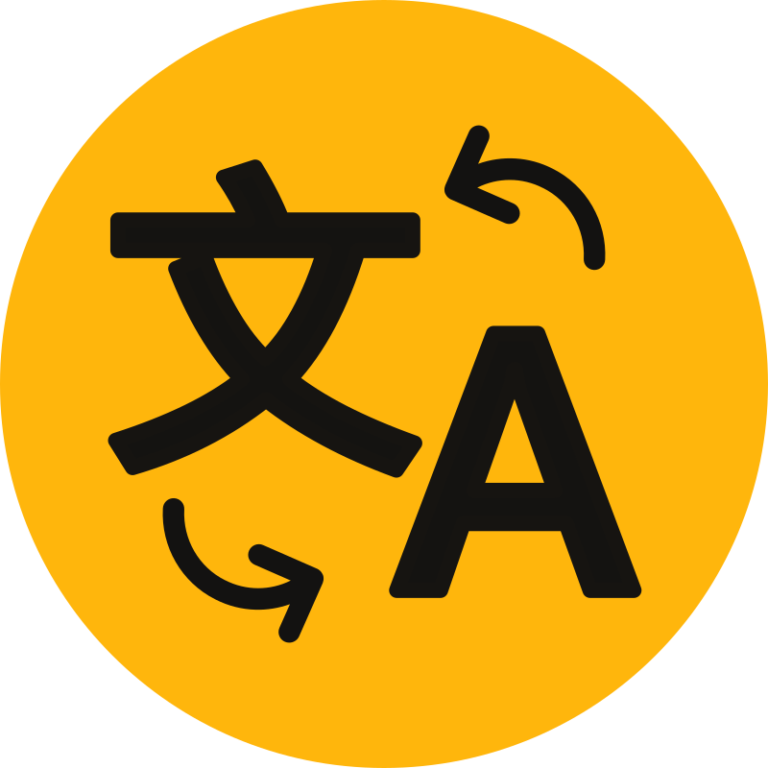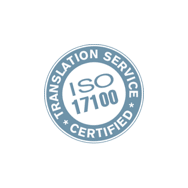What is the difference between translation and transliteration?
You’d be forgiven for thinking that translation and transliteration sound very similar. They are, however, very different processes.
In this article we’ll walk you through the definition of transliteration and translation and the key differences between the two processes.
What is translation?
Though we’re sure you already have a fairly good idea of the meaning of ‘translation’, we’ll throw in our own definition, just for good measure. Simply put, translation is the art of changing words or text from one language to another.
Of course, it is not that simple. When we translate things, we also have to be careful to convey the original tone and intent of the message in the target language, taking into account any cultural and regional differences between the two languages. This is called localisation.
Nowadays, translators have a vast array of software and web applications to help them achieve accuracy and accomplish their goals faster. That can really come in handy when you’re releasing products or websites to a global audience. It really is quite sophisticated work!
What is transliteration?
If you’ve ever attempted to learn a foreign language – particularly one with a different alphabet or writing system, then it’s likely you’ve come across a transliteration. It can be a useful aid for beginners who are learning to pronounce new words in European languages such as Greek or Ukrainian, East Asian languages such as Thai, Korean, or those getting to grips with other scripts such as Hebrew and Sanskrit.
Transliteration is the act of changing letters from one alphabet into the closest corresponding characters of another alphabet. The aim is not to convey meaning, but to aid in pronunciation.
For example, we might transliterate the Arabic greeting ٱلسَّلَامُ عَلَيْكُمْ (Peace be upon you) as: “as-salāmu ʿalaykum” in the Latin alphabet.
In some cases, where similar letters don’t exist in English, for example the letter ع in Arabic, we use special characters – in this case the number “3”.
One of the great things about transliteration is, as a beginner language learner, you’ll often be able to spot the etymology of many English loan words! For example بهاچار or bāzār (bazaar) in Persian, and الجبر or aljabar (algebra) in Arabic.
Transliteration is not to be confused with phonetic transcription. This is the act of writing words using a standardised phonetic alphabet to aid pronunciation. The word “transliterate”, for example, would be written “trænsˈlɪtəreɪt” or “trænzˈlɪtərˌeɪt”. You’ll usually see a phonetic transcription in the English dictionary or thesaurus, as it is commonly used by English language speakers to achieve correct pronunciation.

Is transliteration standardised?
There’s no standard method by which words are transliterated. If you’re a fan of Dostoevsky but you’re not familiar with the Russian language, you’ve probably noticed that there are a number of different ways to write Russian names in English. That’s because there are lots of different standards for the Romanisation of the Russian Cyrillic alphabet that have come in and out of fashion over the years.
Where one letter does not have an exact match in the latin alphabet, different letters are often used. Dostoevsky could also be spelled “Dostoevski” or “Dostoyevsky”, for example. There’s no real issue with using any of these spellings, and transliterators will use them freely, but it’s worth keeping in mind if you’re ever working with searchable databases.
Nevertheless, there are some instances where transliteration can be a sensitive issue. We need only look to Ukraine, which has been embroiled in a bitter feud with Russia since the annexation of the Crimea in 2014. Though an independent state since 1991, Russia has attempted to influence Ukranian internal affairs ever since. As such, many Ukrainians have become acutely and painfully aware of long-standing Russian-influenced transliterations of toponyms, such as that of their capital city.
Ukraine underwent a period of “Russification” beginning in the 18th century, in which the Russian empire attempted to suppress usage of the Ukrainian language. As such, the capital city is variously transliterated as “Kyiv” or “Kiev” in the English speaking world. Though “Kiev” became the most widely accepted, it is a remnant of the period of Russian imperial rule. This has led to the Ukrainian foreign ministry launching a social media campaign using hashtags #CorrectUA and #KyivNotKiev to encourage international media to switch from “Kiev” to “Kyiv” when transliterating. The Ukrainian variant now features much more prominently, from Google and social media sites to signposts and flight terminals.
Conclusion
Translation and transliteration are both invaluable tools for cross-cultural communication. Each has their own purpose, whether that’s learning how to pronounce नमस्ते in Hindi with a handy transliteration (Namaste!), or make yourself understood in Urdu with a culturally appropriate translation.
If your business is looking to expand into new markets and needs help with translation or transliteration, get in touch with Global Language Services now!





